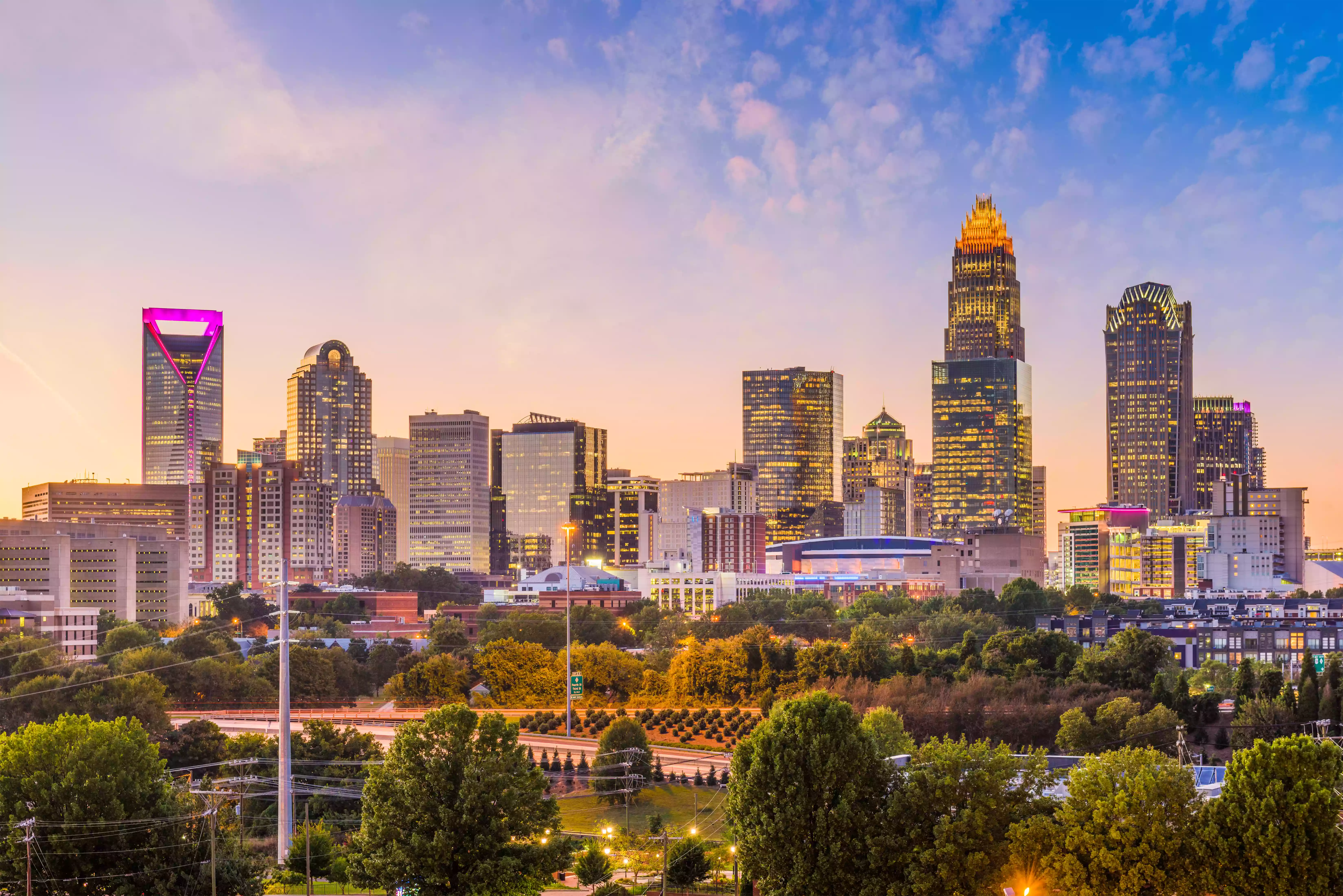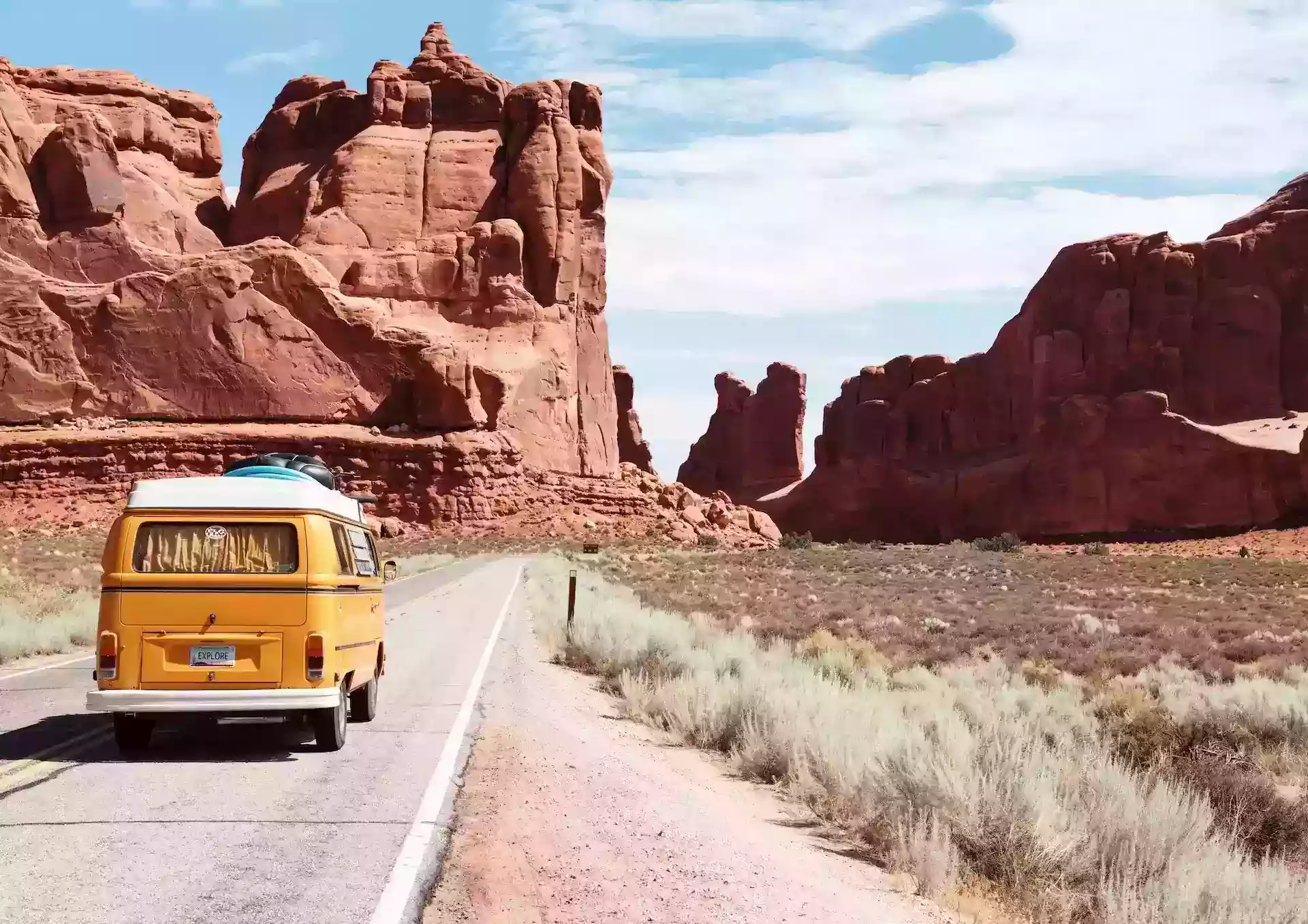Essential Tips for a Smooth Journey: Things to Know Before Traveling to the USA
Morgan Wiggins
Apr08,2023 • 4 min read

C
urrency Exchange and Handling US Dollars
Before embarking on your trip to the USA, familiarizing yourself with the local currency is crucial. The US dollar (USD) is the official currency, and it's important to know the various denominations: $1, $2, $5, $10, $20, $50, and $100 bills, as well as coins such as pennies, nickels, dimes, quarters, and larger coins like half-dollars and dollar coins. Currency exchange services are available at major airports, banks, and specialized exchange bureaus. Using a credit card is often more convenient and may offer better exchange rates. Make sure to notify your bank about your travel plans to avoid potential issues with card transactions.
Public Transportation Options and Navigation
The USA offers diverse public transportation options, including buses, subways, light rail, and commuter trains. In large cities like New York, San Francisco, and Chicago, public transportation is extensive and efficient, while in smaller towns and rural areas, options may be limited. Renting a car is often the most convenient choice for exploring the country, especially if you plan on visiting multiple destinations. Before your trip, familiarize yourself with local traffic laws, and consider downloading a GPS or navigation app to help you get around with ease.
Accommodation Types and Booking Tips
A wide range of accommodation options is available in the USA, including hotels, motels, hostels, vacation rentals, and bed & breakfasts. Prices can vary significantly depending on the location and type of accommodation, so it's important to research and book in advance to secure the best deals. Websites like Expedia, Booking.com, and Airbnb are popular platforms for comparing rates and booking accommodations. For an authentic experience, consider staying in a local bed & breakfast or a vacation rental in a residential neighborhood.
Local Weather and Climate Variations
The USA has diverse climates, so it's essential to research the specific weather conditions of your destination before packing. In general, the northern states experience colder temperatures and snowfall during the winter months, while southern states tend to be warmer with mild winters. Coastal areas are often more humid, while the western states are generally drier. Be prepared for sudden weather changes, and pack accordingly: layers are key, as well as rain gear, sun protection, and appropriate footwear.
Top Tourist Attractions and Hidden Gems
The USA boasts countless attractions, from iconic landmarks like the Statue of Liberty in New York and the Golden Gate Bridge in San Francisco to natural wonders like the Grand Canyon and Yellowstone National Park. To make the most of your trip, research the must-see attractions in your destination and plan to avoid long lines and crowded spaces. Additionally, don't forget to explore lesser-known gems and local favorites that may be off the beaten path. Consult travel blogs, social media, and locals for recommendations to uncover unique experiences and hidden treasures
Regional Cuisine and Popular Dishes
The United States is a melting pot of various cultures, and its culinary landscape is no exception. Each region boasts its unique flavors and dishes, making a gastronomic tour a must-do on your trip. In the Northeast, you'll find New England clam chowder and lobster rolls. The South has a rich tradition of soul food, with dishes like fried chicken, collard greens, and cornbread. The Midwest is famous for its deep-dish pizza and Chicago-style hot dogs. And the West Coast offers a mix of Asian and Mexican influences, with sushi burritos and fish tacos being popular choices.
Language Barriers and Communication Tips
Although English is the predominant language in the USA, it's not uncommon to encounter people who speak other languages, such as Spanish, Chinese, and Vietnamese. To overcome language barriers, it's helpful to learn a few essential phrases in English, like "please," "thank you," and "excuse me." Smartphone apps, like Google Translate, can be a lifesaver in situations where verbal communication is challenging.
When speaking with Americans, remember that they generally appreciate politeness and may use more informal language than you're used to. Don't be afraid to ask for clarification if you don't understand something, as most people will be happy to help.
Cultural Differences and Social Norms
Being aware of cultural differences and social norms is crucial to a successful trip. Here are a few key points to keep in mind:
- Tipping: In the USA, tipping is customary in many service industries, like restaurants, bars, and taxis. A tip of 15-20% of the total bill is standard for good service.
- Personal space: Americans value personal space and might feel uncomfortable if you stand too close to them. Maintain a comfortable distance during conversations, especially with strangers.
- Greetings: A firm handshake is the standard greeting in the USA, although a smile and a "hello" will suffice in more casual settings.
- Punctuality: Americans generally value punctuality and appreciate it when others are on time for appointments and meetings.
Budgeting and Cost-Saving Tips
While the USA can be an expensive destination, there are several ways to save money during your trip:
- Accommodation: Consider staying in budget hotels, motels, or hostels. You can also use platforms like Airbnb to find affordable and unique lodging options.
- Transportation: Make use of public transportation, which is typically cheaper than renting a car or using taxis. Many cities also have bike-sharing programs, allowing you to explore on two wheels at a low cost.
- Dining: Try eating at local diners or food trucks, which often serve delicious and budget-friendly meals. Also, take advantage of "happy hour" specials at bars and restaurants, where you can enjoy discounted food and drinks.
- Sightseeing: Look for free or low-cost attractions, like parks, museums, and historical sites. Some cities even offer free walking tours, which can be a great way to learn about the area.

